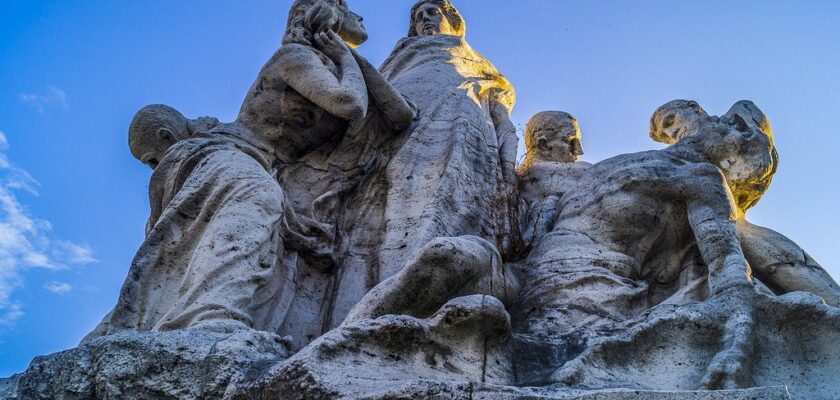Castel Sant’Angelo (Castel Sant’Angelo)
Castel Sant’Angelo is an architectural monument and museum in Rome. It was originally a tomb, then a castle, afterwards the residence of the popes and depository of their valuables and at the same time a prison.
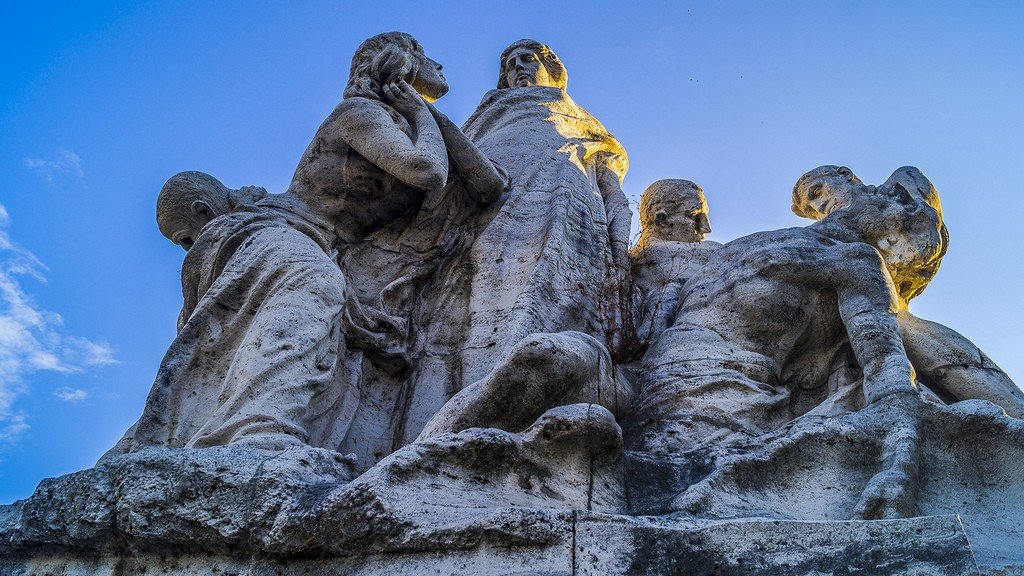
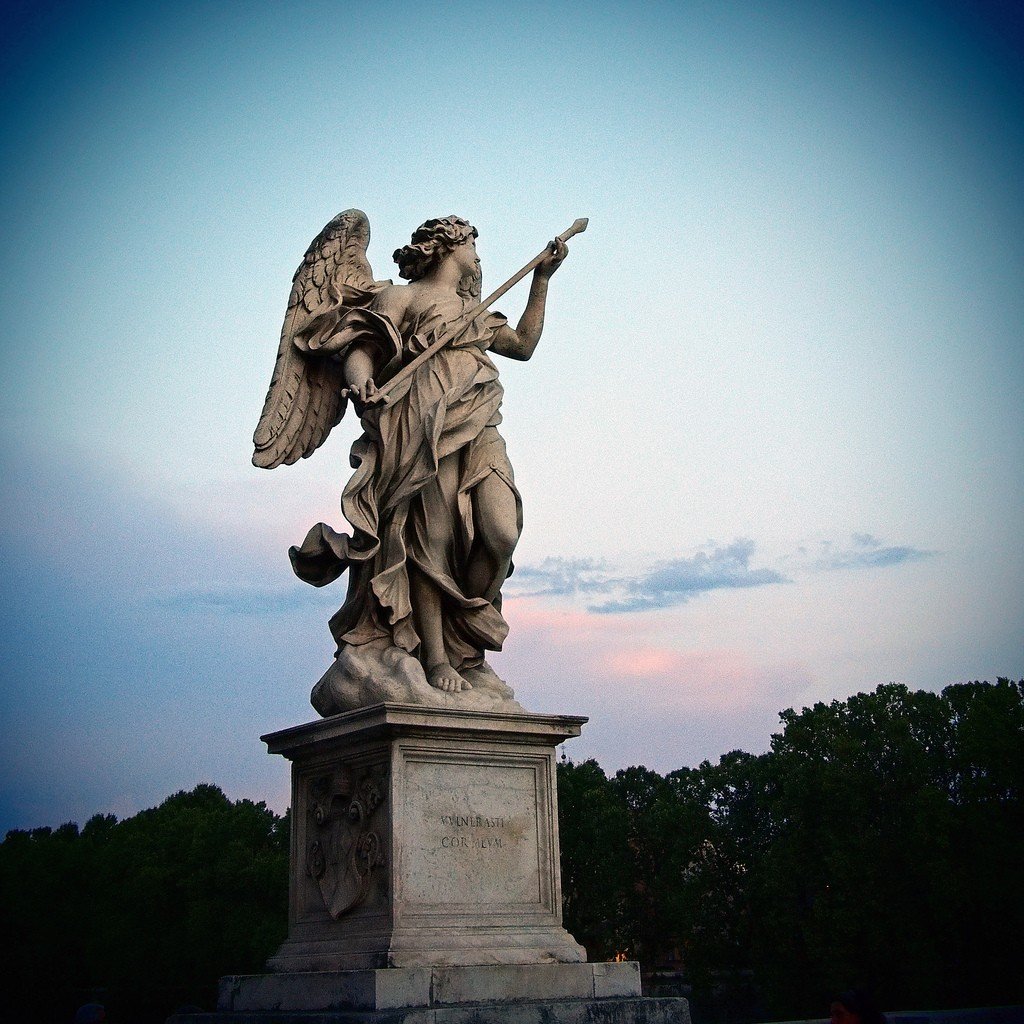
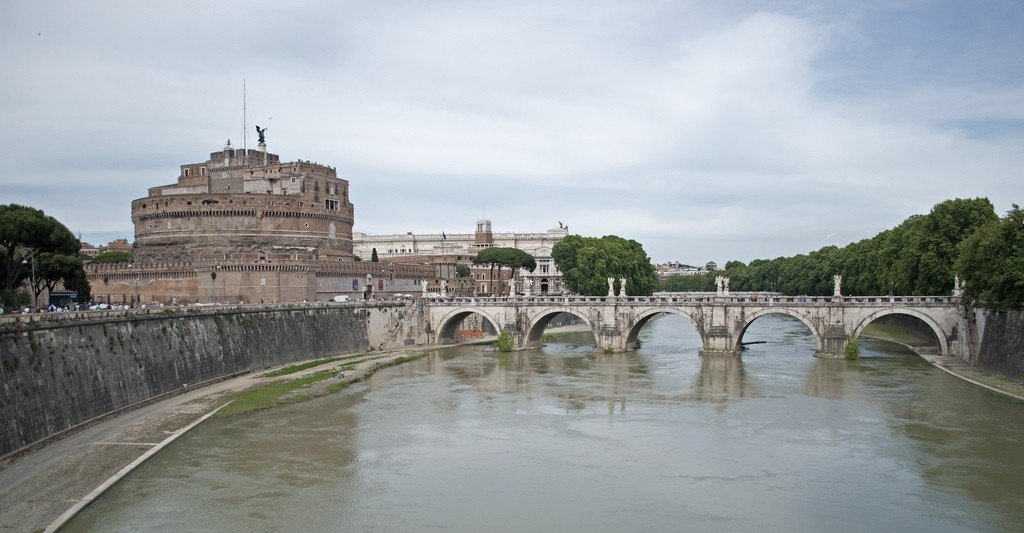
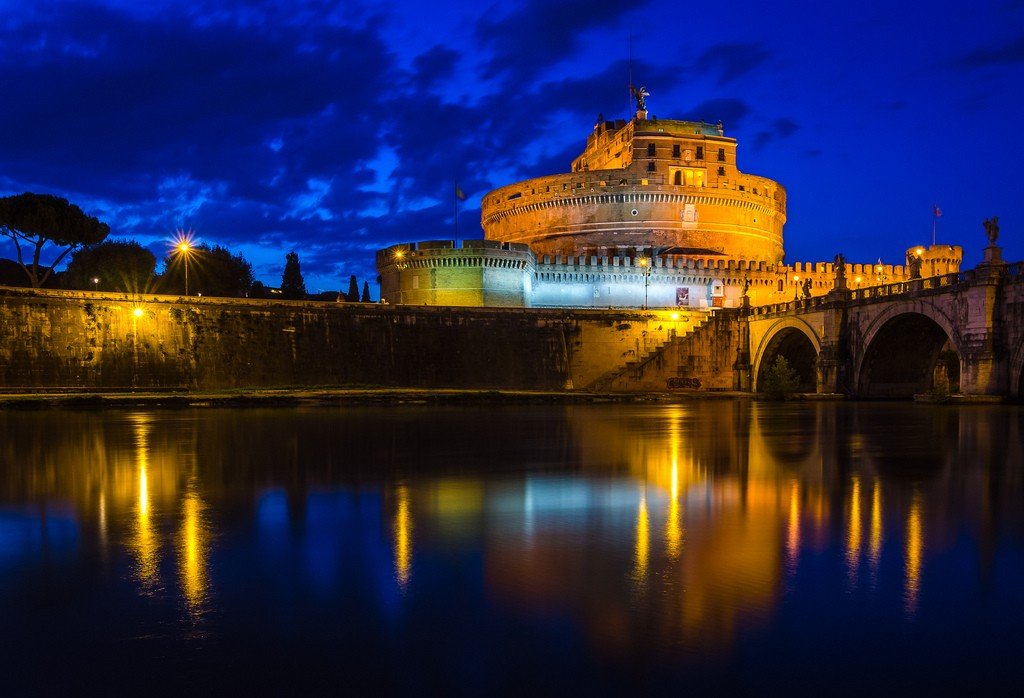
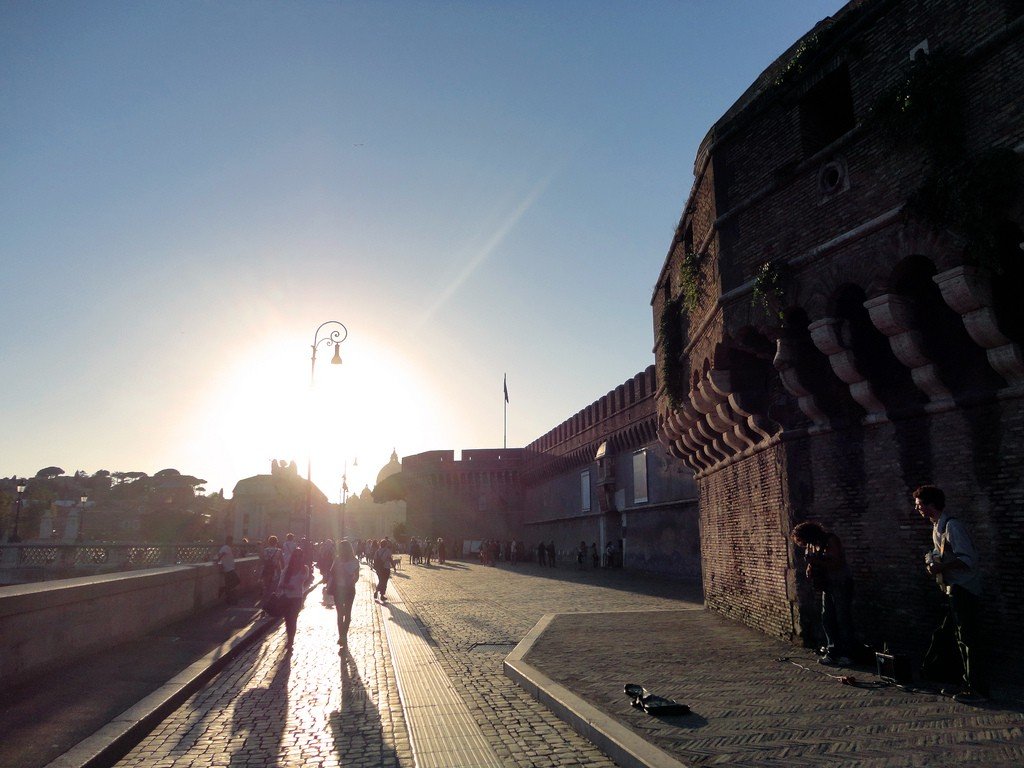
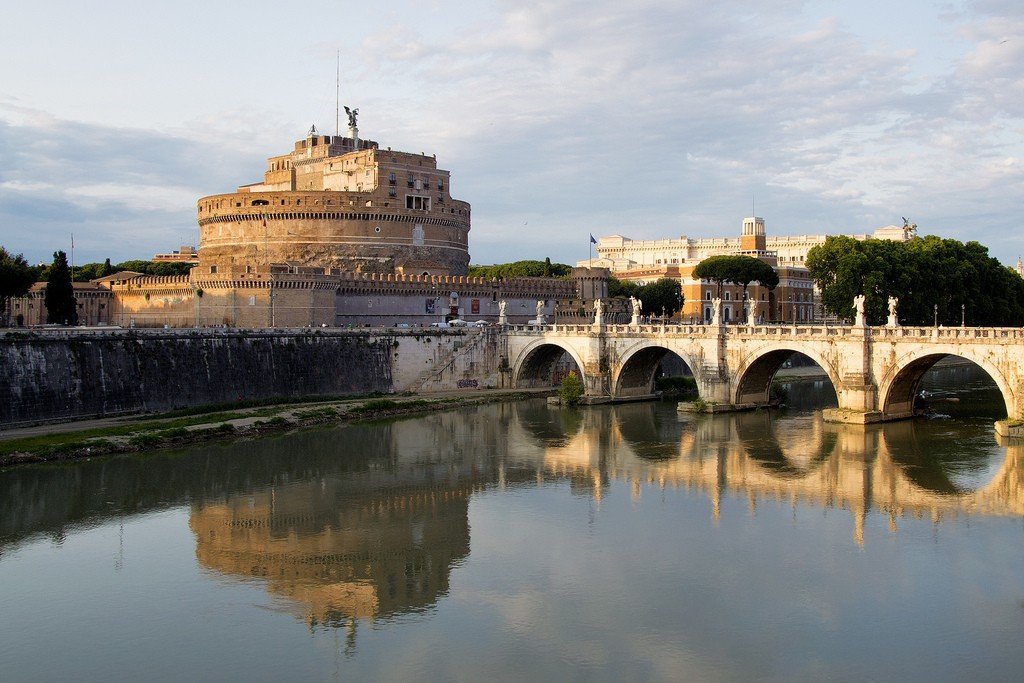
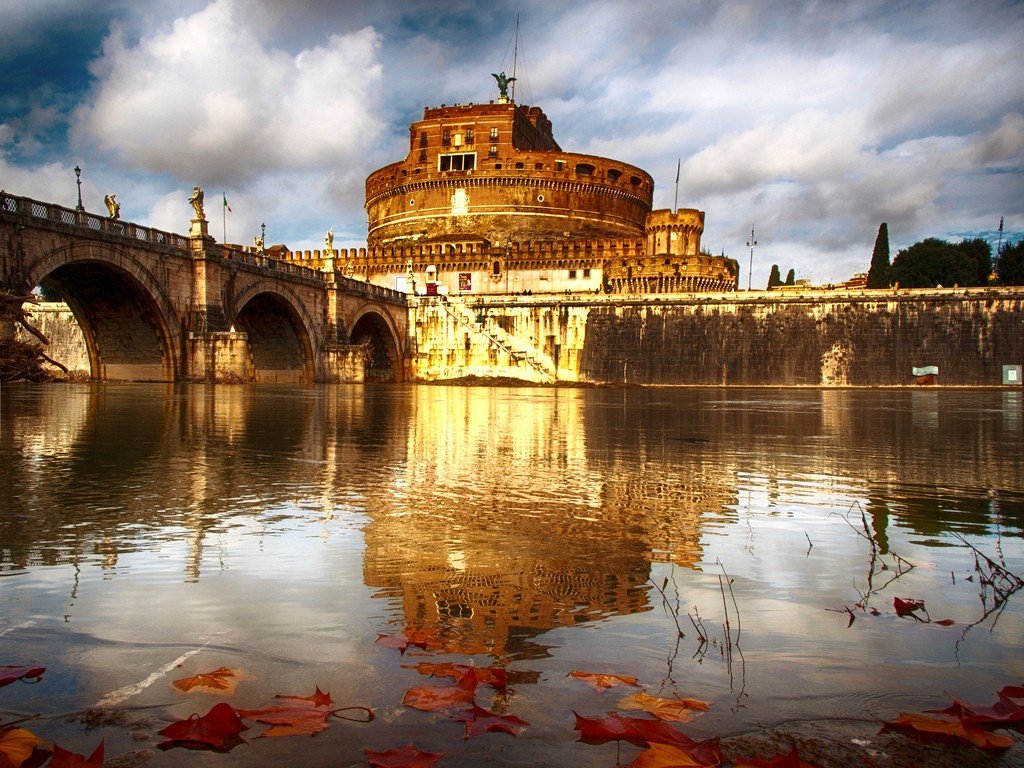
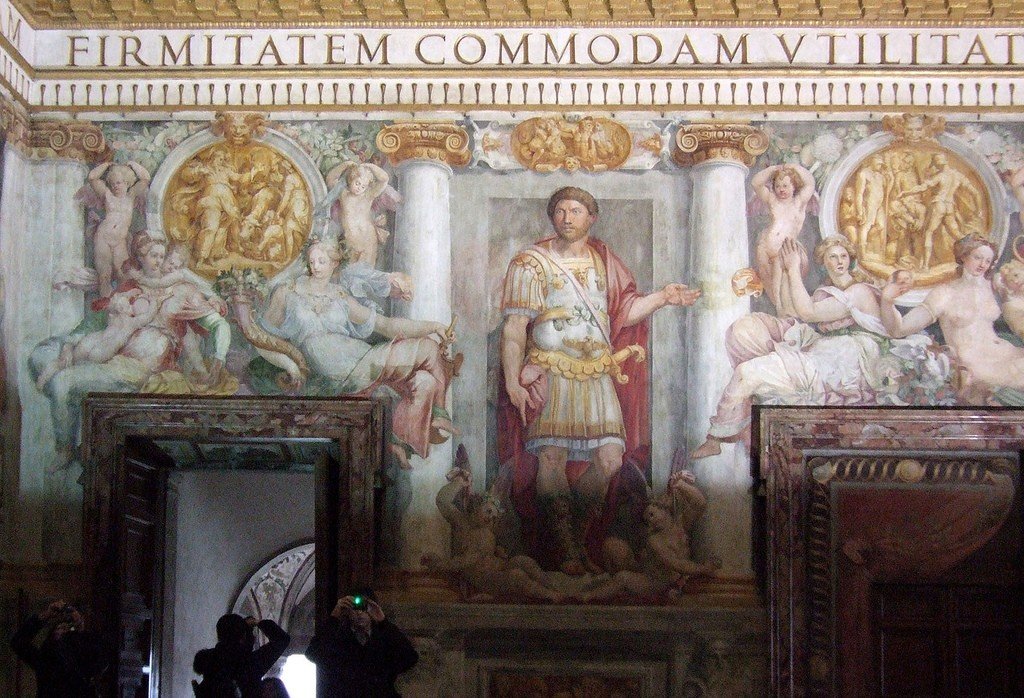
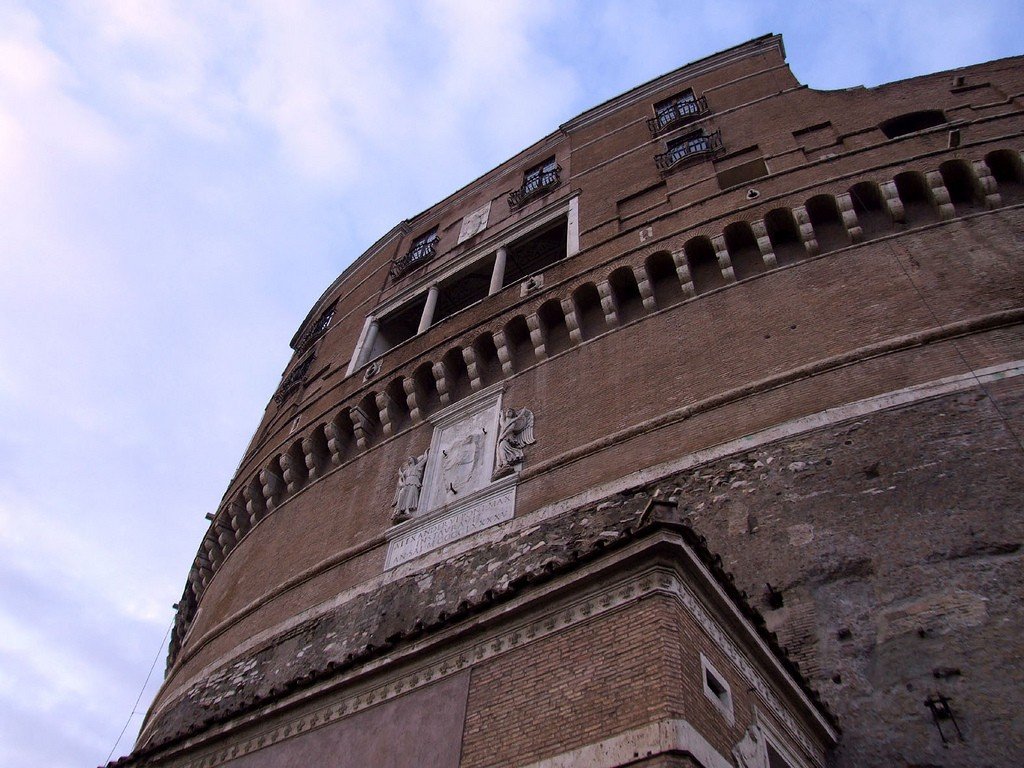
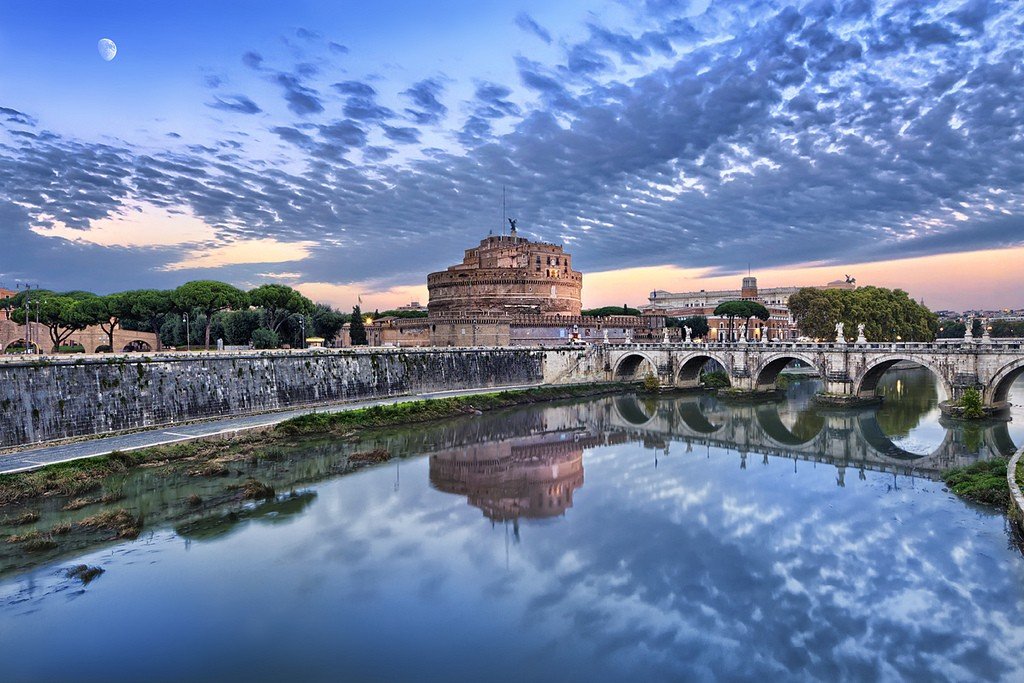
General information
The construction of the castle was started in 136 AD by Emperor Hadrian. Previously, it was the only passage to the Vatican. The colossal statues of angels, appeared in 1668. Originally, Hadrian conceived a grandiose, marble-faced mausoleum for himself and his descendants. And the castle does indeed contain the tombs of Roman emperors up to Caracalla. With the beginning of the construction of the Aurelian Wall, Hadrian’s mausoleum became part of the fortifications and because of its fortunate location it was later rebuilt into one of Rome’s impregnable fortresses. In case of danger, the Pope could escape from the Vatican through a tunnel into the castle, which Pope Clement VII managed to do in 1527, when he had to flee from the mercenaries of Emperor Charles V; Pope Pius VII took refuge in the castle from Napoleon’s troops. At times, the papal treasuries and secret archives were moved here for preservation. In 1870-1901 the castle was used as a barracks and prison. Of particular interest in the papal chambers are the grotesque paintings in the Apollo Hall and the Pope Paul III Ceremonial Hall with magnificent frescoes by Perino del Vaga. There is also an exhibit on architectural history, luxurious furniture, paintings, sculptures and a collection of weapons.
.
The view of Rome is stunning from the upper terrace, where a bronze statue of the Archangel Michael stands, a reminder of the vision of Pope Gregory the Great in 590, who on Hadrian’s Mausoleum saw the Archangel Michael putting his sword into its scabbard, as if to signal the end of the plague epidemic.
.